
Published:
Readtime: 3 min
Every product is carefully selected by our editors and experts. If you buy from a link, we may earn a commission. Learn more. For more information on how we test products, click here.
The significance of the new 2023 BMW M2 should not be taken lightly as it has all the makings of a bonafide classic. It is the last non-electrified M model and arrives with a simpler rear-wheel-drive layout that remarkably still gives the driver an option to change gears manually. Not a lot of BMW M models can claim to do that today and the new M2 could very well be the purist’s choice. While the new M3/M4 and M5 cars are getting heinously complicated in a mad scramble to keep up with the power wars, the little M2 is flying the flag for the driver at heart.
You’ll also like:
2023 BMW M4 CSL Unveiled
2023 BMW 7 Series Unveiled as 540HP Cinema on Wheels
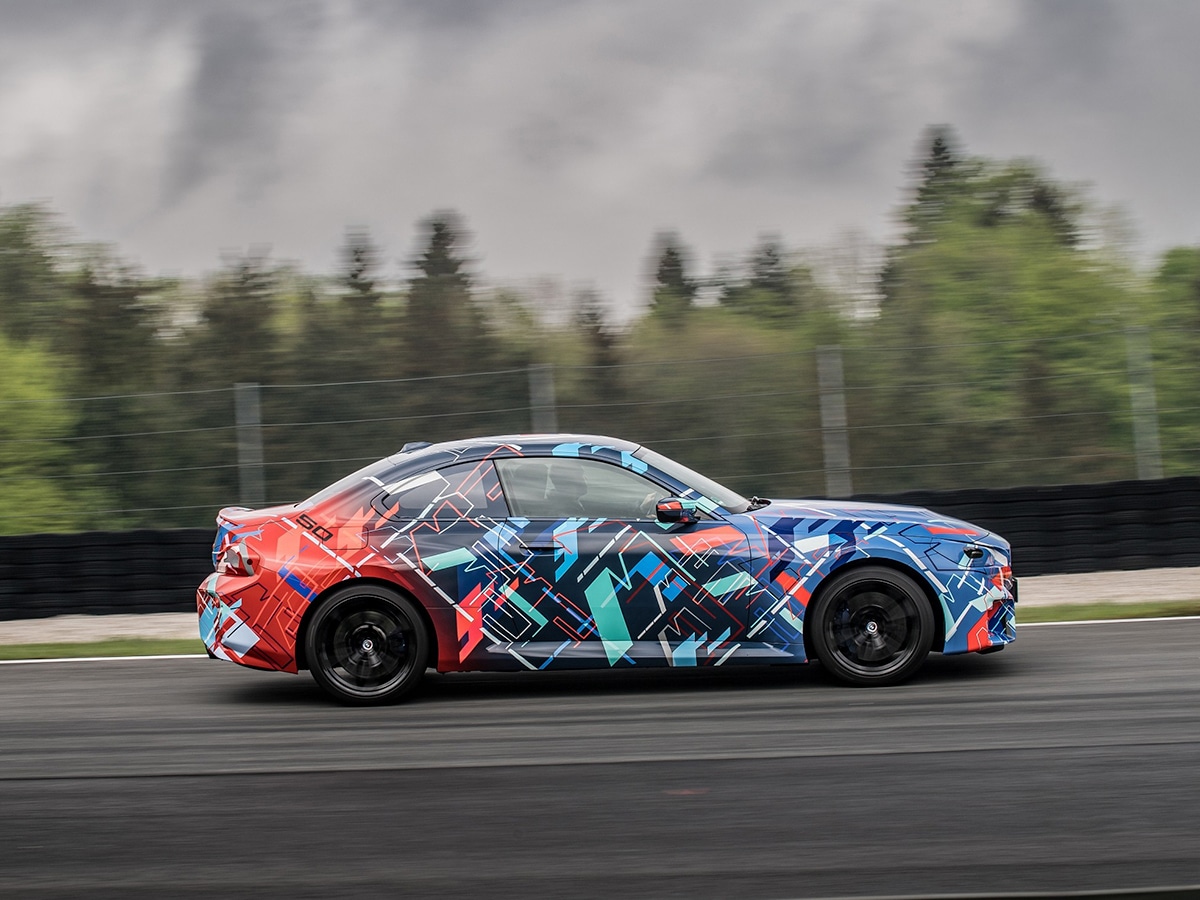
The current M2 quickly garnered a sizeable fan following and the new one does have a lot to live up to. Fundamentally, the new M2 has grown up in weight and size thanks to the newly-introduced platform that also underpins the latest BMW models. While BMW M is coy about revealing the exact weight and details, we estimate the new M2 to weigh more than the current generation model while being slightly less heavy than an M4.
Performance has been beefed up with claims of the new M2 matching the present M2 CS in terms of outright power. The powertrain is similar to the one on the new M4 but reigned in at 444 bhp. However, more than the power output, the simpler ethos of being a more fun to drive M car is still on the agenda for the new M2 as the presence of a 6-speed manual gearbox explains that. An 8-speed automatic is of course optional.
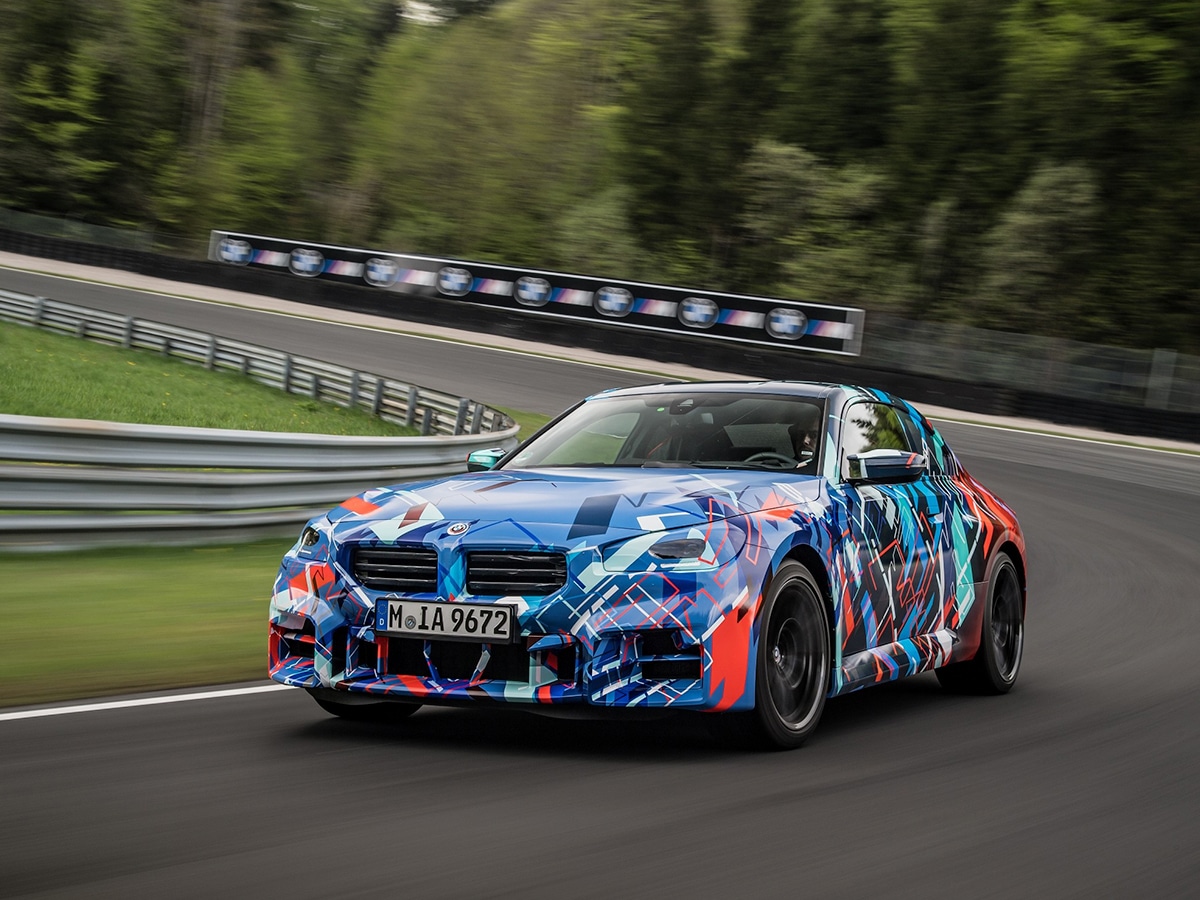
Buyers would be able to spec a carbon roof or even special carbon bucket seats while the interiors would have a pared-back motorsport vibe with minimal fuss. Other than the powertrain, the new M2 has also nicked certain components from the M3 and M4 including the chassis and the brake systems.
While the future of the performance car lies in electrified powertrains, the new M2 is the last hurrah for the old-school German muscle car and we reckon that buyers would ready to snap up this pugnacious new M car the minute it lands in the showrooms. The Australian market will also get the new M2 shortly after its October 2022 reveal.
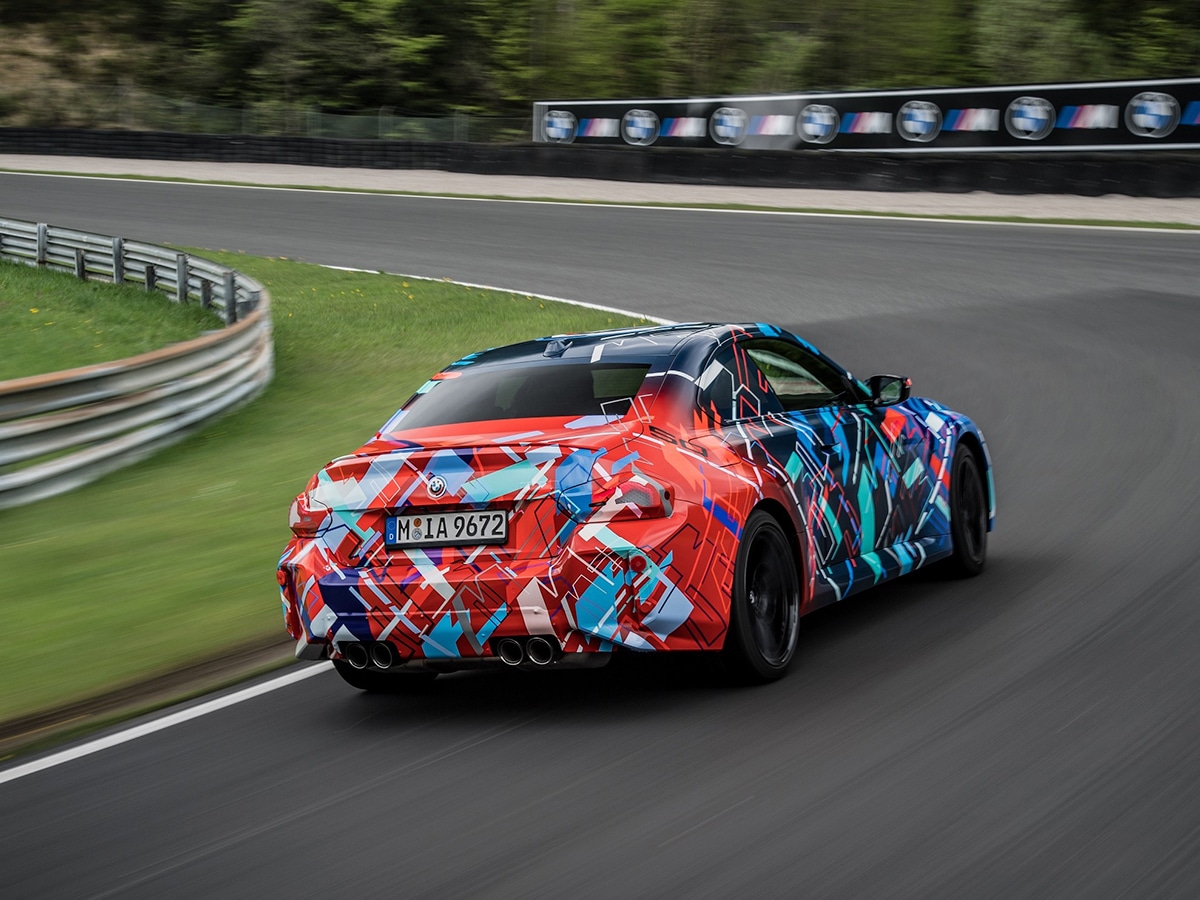

















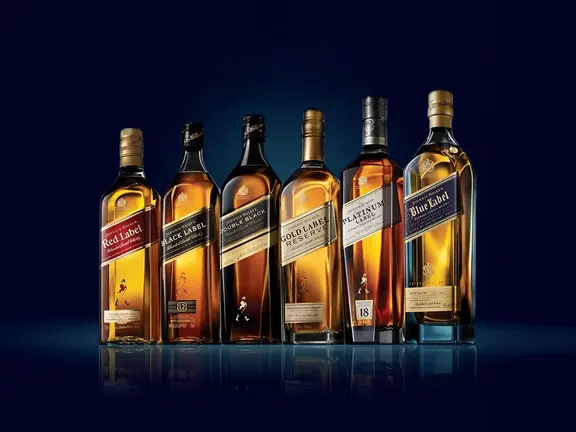







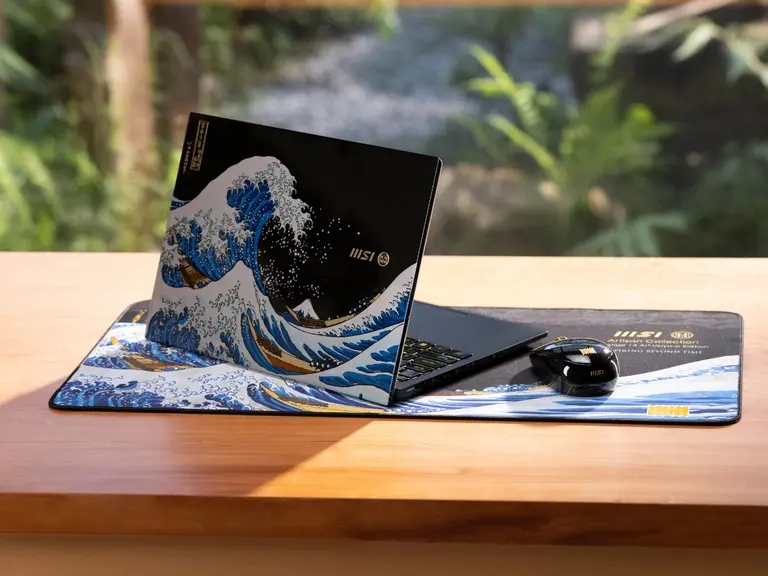
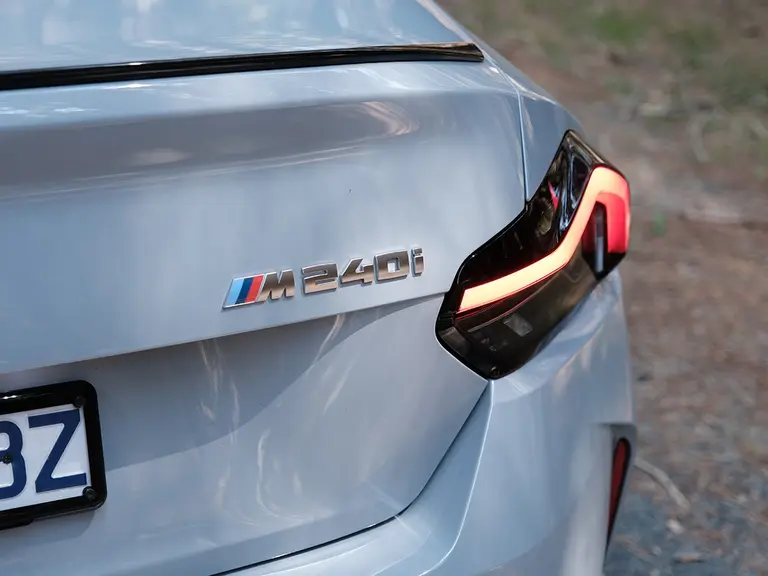
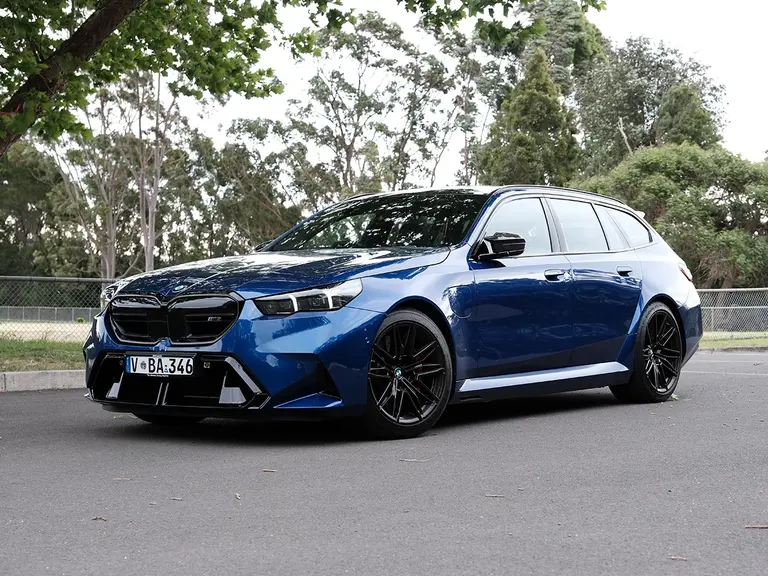

Comments
We love hearing from you. or to leave a comment.